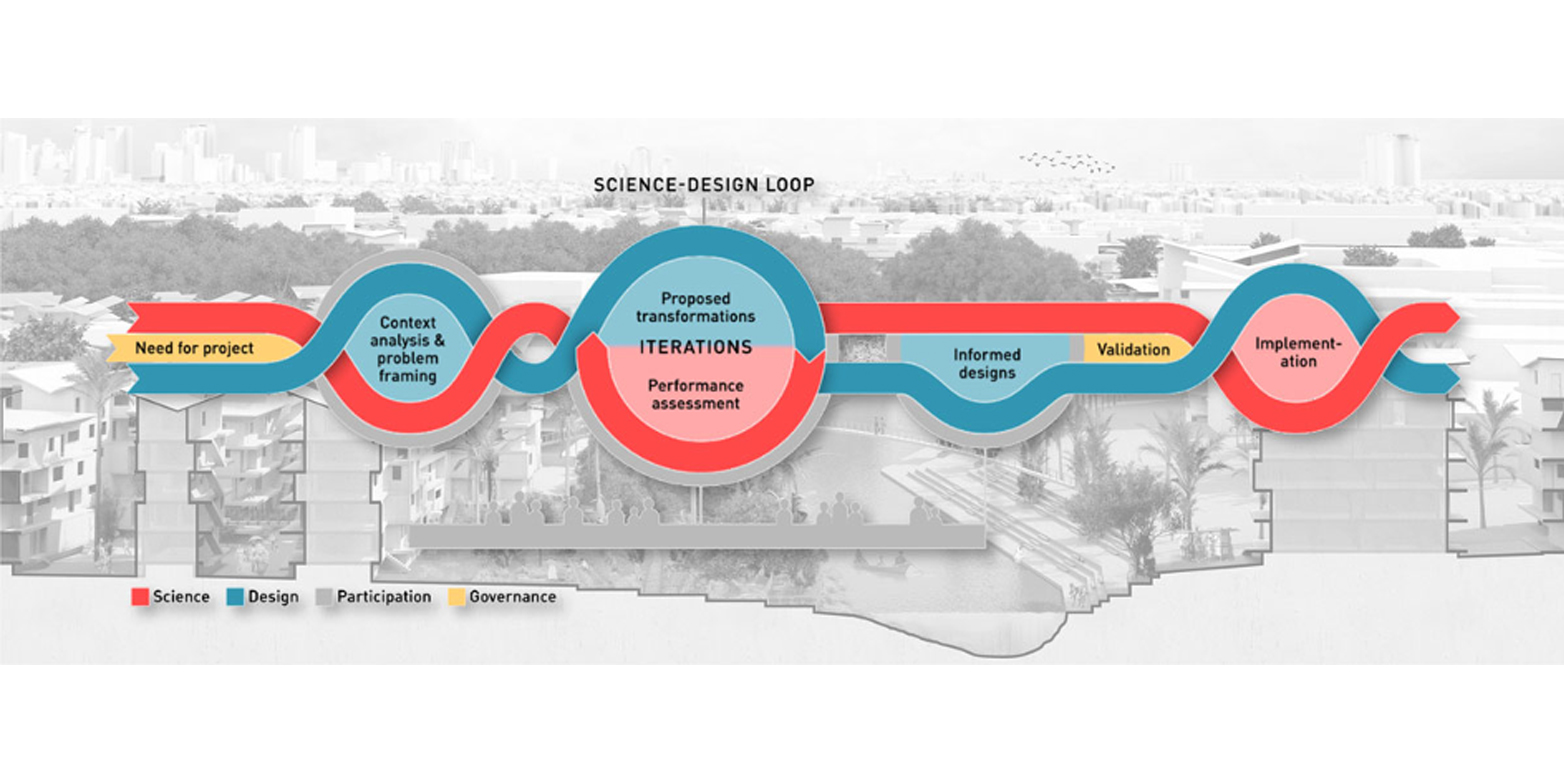Planning resilient and sustainable cities benefits from well-planned dialogue between science and design
A new study proposes a roadmap to support improved dialogue between designers and scientists, and thus in the end, high quality designs. Authors built on case study in five countries (China, US, Switzerland, Indonesia and Singapore) to build their proposal.

It is a common idea that engineers and designers should exchange when they propose and implement new designs for cities. However, it is easier said than done. external page The article published in the journal SESMO describes case studies about the implementation of nature-based solutions to floods in five countries. In the case of Sponge Cities in China for example, the dominance of the design often overlooks the testing of the capacity to deliver flood regulations services. In other projects, like the third correction of the Rhône river in Switzerland, it’s the opposite, the high quality standards for science and engineering strongly constrains design. Authors argue, based on well-balanced case study like the bioretention garden project in the city of Detroit, that a constant dialogue and feedback loops between scientists and designers, called science-design loop, produce legitimate design able to deliver a high level of expected services to users.